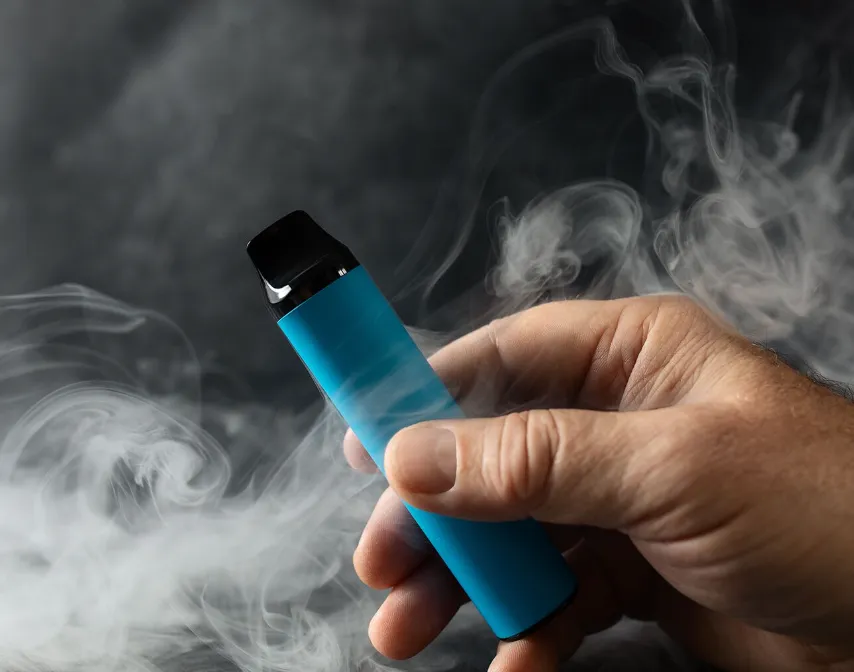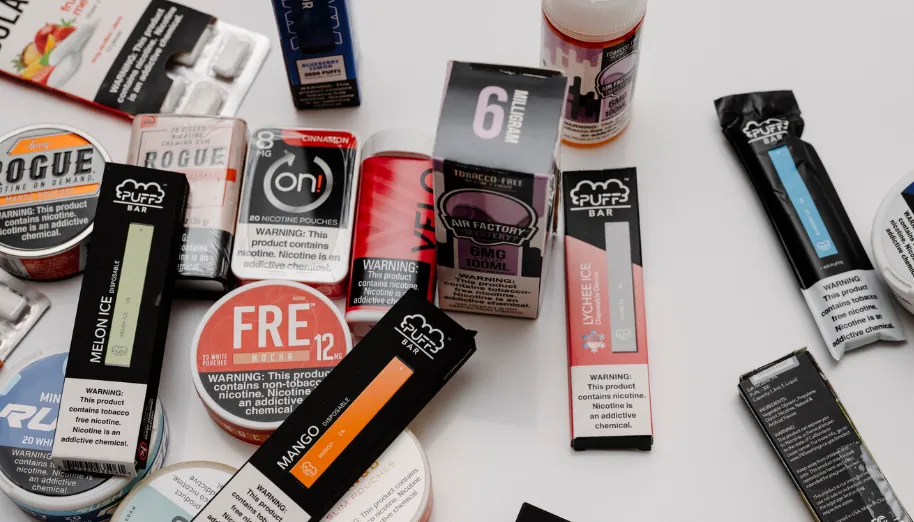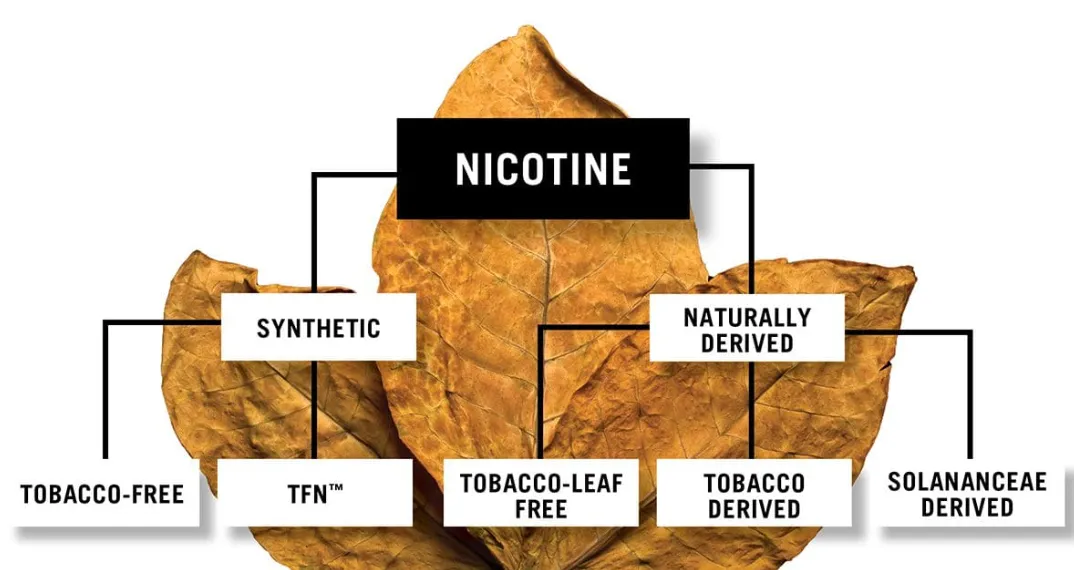
Vaping has become a popular trend, but what’s in a vape? Many are curious about what makes up the e-liquid, and whether vaping is a safer alternative to traditional smoking. In this article, we will break down the components of a vape, explain what goes into the vapor juice, and explore some important facts about e-cigarettes.
What Is Vaping?
Before diving into the contents of a vape, it’s important to understand what is vaping. Vaping refers to the process of inhaling a vapor created by a vape device, also known as an e-cigarette. These devices heat up a liquid, transforming it into a vapor that is then inhaled. Vaping is often marketed as a smoking cessation tool, but it is not without its own risks.
What Is a Vape and How Does It Work?
A typical vape device is made up of a few basic components: the battery, the sensor, the heating element (or atomizer), and a reservoir that holds the e-liquid (often referred to as vapor juice or e-liquid). The heating element turns the liquid into a vapor, which is then inhaled by the user.
What’s in a Vape?
The main ingredients in a vape’s e-liquid or vape juice typically include nicotine, propylene glycol (PG), vegetable glycerin (VG), and flavorings. Let’s take a closer look at each of these ingredients.
1. Nicotine

One of the most well-known ingredients in e-liquids is nicotine. It’s the substance that provides the throat hit and addictive qualities similar to traditional tobacco smoking. In fact, nicotine vape vs cigarette discussions have gained attention, as both can lead to nicotine addiction, but e-cigarettes are often considered less harmful due to the absence of many other chemicals found in cigarettes. However, even nicotine-free vapes may contain trace amounts of nicotine, so it’s important to check the product’s details.
2. Propylene Glycol (PG)
Propylene Glycol (PG) is a synthetic liquid used in many e-liquids to carry the nicotine and flavor. It has a thin consistency and is known for producing a throat hit that mimics the feeling of smoking a traditional cigarette. PG is also found in foods, cosmetics, and pharmaceuticals, but when vaporized, it may pose health risks if inhaled excessively.
3. Vegetable Glycerin (VG)
Vegetable Glycerin (VG) is another primary ingredient in e-liquids. It is a thicker substance compared to PG and helps to create the dense vapor clouds that many vapers enjoy. VG is known for being smoother and less harsh on the throat than PG, making it a popular choice for those who prefer a more gentle vaping experience.
4. Flavorings
E-liquids come in a wide range of flavors, from fruity to dessert-like to tobacco-inspired. What do vapes contain in terms of flavors? These flavors are created using food-grade flavoring agents, but some chemicals used in these flavorings can pose risks when heated and inhaled. Certain substances, like diacetyl, used in buttery flavors, have been linked to popcorn lung, a serious respiratory disease.
5. Other Chemicals
In addition to nicotine, PG, VG, and flavorings, there may be other chemicals in vapes used to stabilize the mixture or enhance the vaping experience. Some of these chemicals may become harmful when exposed to heat, creating potentially toxic byproducts that are inhaled by the user.
Facts About E-Cigarettes and Health Risks

While vaping may seem like a safer alternative to smoking, it’s important to note that it is not free from risks. Here are a few facts about e-cigarettes that every vaper should consider:
1. Nicotine Addiction
Nicotine is a highly addictive substance, and many users may develop a dependency on it. Although nicotine vape vs cigarette comparisons suggest that vaping is less harmful, the addictive potential of nicotine remains the same.
2. Respiratory Problems
Some flavorings in e-liquids, such as menthol, have been found to cause respiratory issues when inhaled in large quantities. Chemicals like benzaldehyde (used in cherry flavors) can trigger breathing problems in some individuals, while others, like synthetic menthol, have been banned in certain countries due to their carcinogenic properties.
3. Long-Term Effects
The long-term health effects of vaping are still being studied, but research suggests that inhaling the substances in e-cigarette vapor could lead to cardiovascular issues, lung damage, and other health problems.
Is Vaping Safer Than Smoking?
While many vapers turn to e-cigarettes in hopes of quitting smoking, it’s important to recognize that vaping is not without risks. Though e-cigarettes may contain fewer harmful substances than traditional cigarettes, the what is e-liquid question reveals that vapes still contain nicotine and other chemicals that can negatively affect your health.
Where to Buy Quality Vaping Products
If you’re looking to purchase vaping products, it’s essential to buy from a reputable source. Kloudyx is an authorized e-cigarette store that offers a wide selection of nicotine vapes and accessories, with fast shipping and a privacy guarantee. Their products are guaranteed to be authentic, ensuring that you get quality e-liquids and devices.
Conclusion
Understanding what’s in a vape is crucial to making an informed decision about vaping. While e-cigarettes may be a less harmful alternative to traditional smoking, they still come with their own set of risks, including nicotine addiction and potential respiratory issues. Be sure to educate yourself about the ingredients in e-liquids, and choose products from trusted sources like Kloudyx to ensure that you’re vaping responsibly.
Before making any decision, it’s always a good idea to consult with a healthcare professional if you have concerns about the health risks of vaping or nicotine use.

